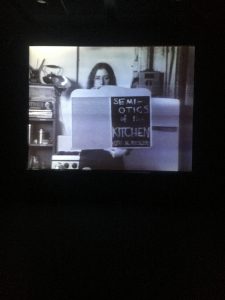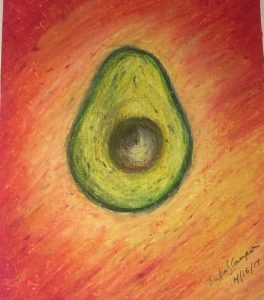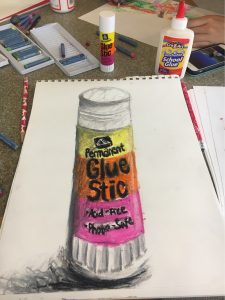During my journey through Johnson’s Art Museum on Saturday I can’t help but notice the detail of prints. In days that lack computers or modern photography, prints were used to depict realistic images of the world around them. The artistry, level of accuracy, and scope of these works are inspiring and I can’t help but wonder if artists today can become masters of prints as much as these artists did.
While I am sure there are some people today who can replicate the quality of prints made centuries ago, I wonder what is the difference in the number of the people who has this skill. Out of the populations in the past, what is the percentage of them that know how to make prints.
As technology improves, how many skills are lost due to their lack of usage? Even though the thought that there are an infinite number of skills that has been lost through the centuries is a little bit disheartening, that is the price of “progress”. I guess the art of creating print documentation is replaced by knowledge on how to Photoshop, take pictures with iphones, and how to take pictures under microscopes. What would these technologies be replaced by a hundred years from now? 3-d sculpting? Virtual reality landscape painting?
Our documentation of imagery becomes more realistic every year. With that realism, there is an increase in accuracy in terms of depicting what is real. However we have to be careful to notice that soon the images that we create are no longer just real but realistically distorted, ultimately painting an unrealistic expectation of what is real. Perhaps it is then we should look back at print artworks and realize what is real imagery at its most basic form.



